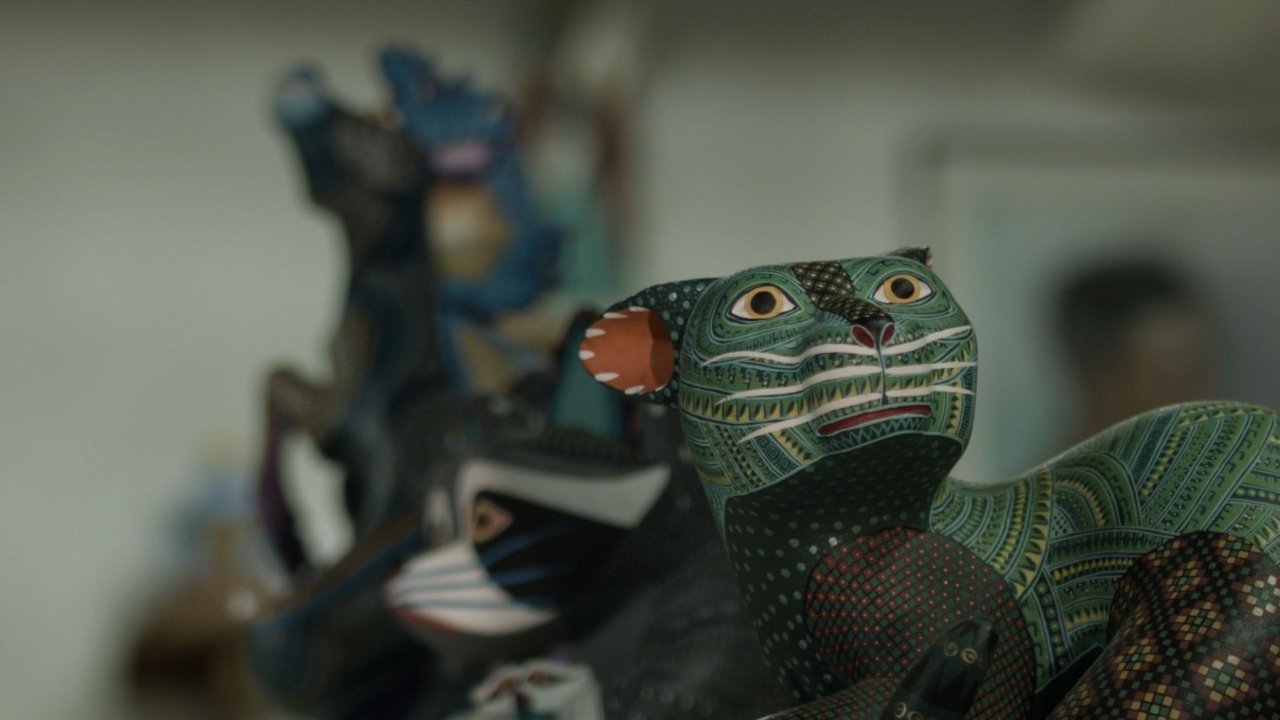

Copal Dreams(2019)
The communities of San Martin Tilcajete and San Antonio Arrazola in Oaxaca, Mexico are best known for being the main source of the "Alebrijes" (wood carving) in the state; a relatively new but powerful tradition in mexican folklore. In both communities, there is a family that claims they're father started this tradition in all the state of Oaxaca.


Movie: Copal Dreams
Top 2 Billed Cast
Video Trailer Copal Dreams
Similar Movies
 0.0
0.0México, México: Mexique en mouvement(fr)
"Mexico begins where the roads end ”. Mexican writer Carlos Fuentes tells us about the history of Mexico: its invasions, its revolutions, its sacred lands, its forgotten legends, its religious rituals and this frightening misery. François Reichenbach and his camera sink into the dust, on this sacred land, where "the land never ends."
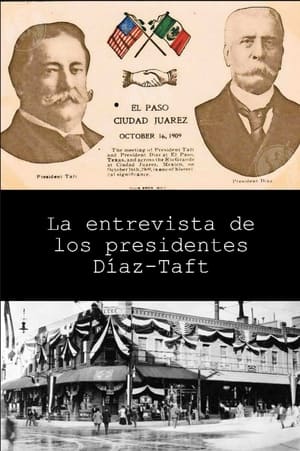 3.2
3.2The Meeting of President Taft and President Díaz at El Paso, Texas(es)
The first meeting of a U.S. president and a Mexican president took place when William Howard Taft met Porfirio Díaz on 16 October 1909, in El Paso. The meeting was celebrated in both El Paso and Juárez with parades, elaborate receptions, lavish gifts and large crowds. Shot by the pioneers of Mexican Cinema the brothers Alva. This is a typical example of newsreel material prior to the Mexican revolution. By hemerographical references we know that this footage was presented to the then president of Mexico General Porfirio Díaz in the Castle of Chapultepec, then residence of the president.
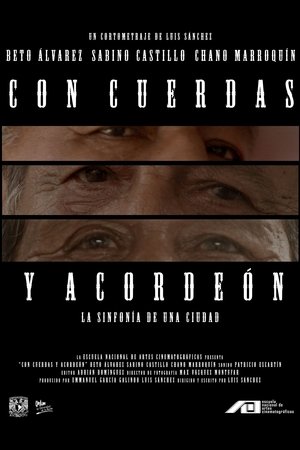 0.0
0.0With Strings and Accordion(es)
On Cuauhtémoc Avenue, near the intersection with Reforma Street, a trio of musicians arrives—members of a fara-fara group. They wear their hats, shirts, belts, pants, and boots. They play the accordion, the bajo sexto, and the tololoche. However, they play for a city dominated by traffic, cars, honking horns, and people rushing from one place to another—a constant movement brought on by urban life, in a space filled with buildings and concrete.
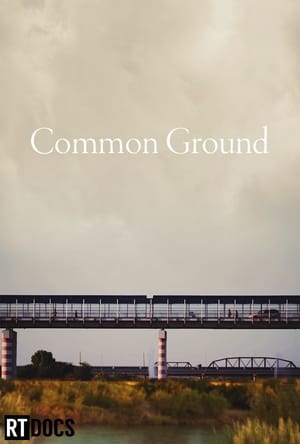 0.0
0.0Common Ground(en)
An internet personality journeys to his hometown on the border between Texas and Mexico to visit family members, only to discover that his family’s immigration story parallels that of people risking everything to immigrate to the U.S. today.
 6.2
6.2Dark Suns(es)
An epic investigation into countless murders in Mexico. Presented in chapters, the film unfolds methodically through unsettling testimonials, sketching a portrait of an entire country transformed into a gigantic mass grave thanks to a climate of impunity established by both criminal gangs and state authorities.
Tianguis(es)
From the break of dawn until the darkness of night, the *tianguis* is born and dies in the streets of Mexico City. It is during these fleeting hours that we can find an endless array of colors, sounds, and unique personalities.
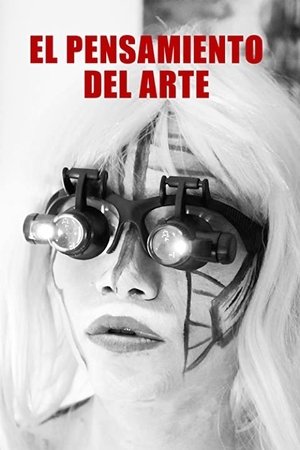 0.0
0.0The Thought Of Art(es)
Research and dissemination documentary-film about contemporary art in which more than 30 staff members of museums and galleries, visual and sound artists, collectors, art critics and curators share their knowledge and give an account of their experiences and anecdotes.
 0.0
0.0The Daughters of Daedalus(es)
Yolanda has a special relationship with objects, she obtains them, knows them and accumulates them. The protagonist bears witness to the bond she has with the objects she treasures and gives a glimpse of its origin: the loss and love; as we enter her living space, her home.
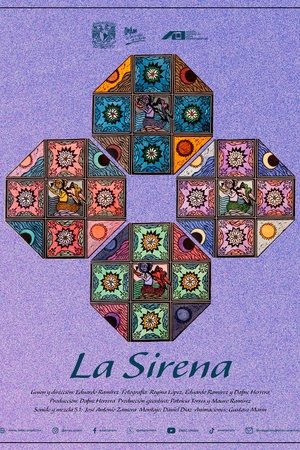 0.0
0.0The Mermaid(es)
A trip that the author makes to a distant beach trying to find the place where his grandfather made a painting years ago.
 5.0
5.0Mexican Police on Parade(en)
This Traveltalk series short showcases the Mexico City police department's various units as they participate in a yearly festival. Included are a marching band, a parade of patrol cars, the motorcycle unit, equestrian unit, and the department's pistol team.
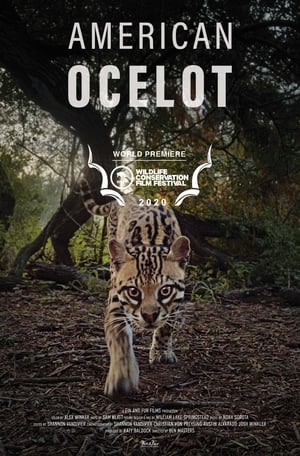 8.5
8.5American Ocelot(en)
American Ocelot tells the story of one of the most endangered and beautiful wild cats in the United States — a species so elusive that high-quality images and video have never been captured until now. With fewer than 100 individuals remaining in the US, the ocelot is critically endangered, genetically isolated, and only exists in Texas.
 0.0
0.0Axolotl(es)
Through a choral diversity of testimonies, the documentary explores the myth of the axolotl, transporting us from the story of a chinampero whose lifestyle reflects the environmental decay of Mexico City, to the efforts of a group of scientists racing against the consequences of the extinction of our symbols and ecological heritage.
 6.0
6.0Motoring in Mexico(en)
This Traveltalk series short takes viewers along the Pacific International Highway, which starts in Mexico City (not seen) and proceeds west to Acapulco. We see the Spanish colonial architecture in Morelia, the famous Popocatépetl Volcano, and Acapulco's famous cliff divers and beaches.
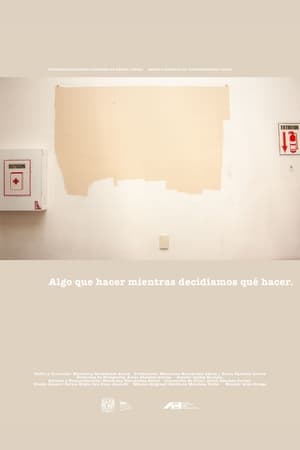 0.0
0.0Algo que hacer mientras decidíamos que hacer(es)
The voices of the 2013 Generation of the now extinct CUEC, talk about issues such as loneliness, growing up and decisions about the uncertain future they face when leaving to study Cinematography.
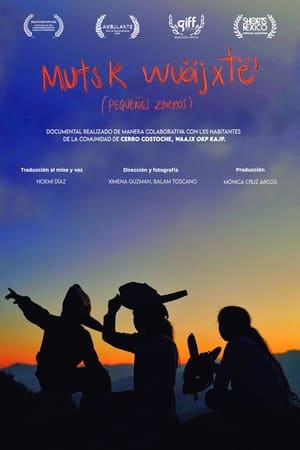 0.0
0.0Little Foxes(es)
Noemí, an Ayuukjä'äy woman reflects on the loss of her native tongue with a voice that blends into day to day life in Cerro Costoche community located in the Mixe mountain rage of Oaxaca.
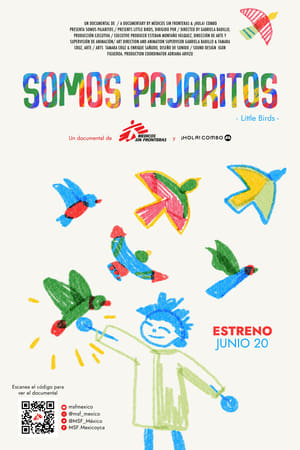 0.0
0.0Little Birds(es)
Through dances and games, migrant boys and girls who live in a shelter in Reynosa, on the US-Mexico border, shared their dreams and stories of hope with us.




